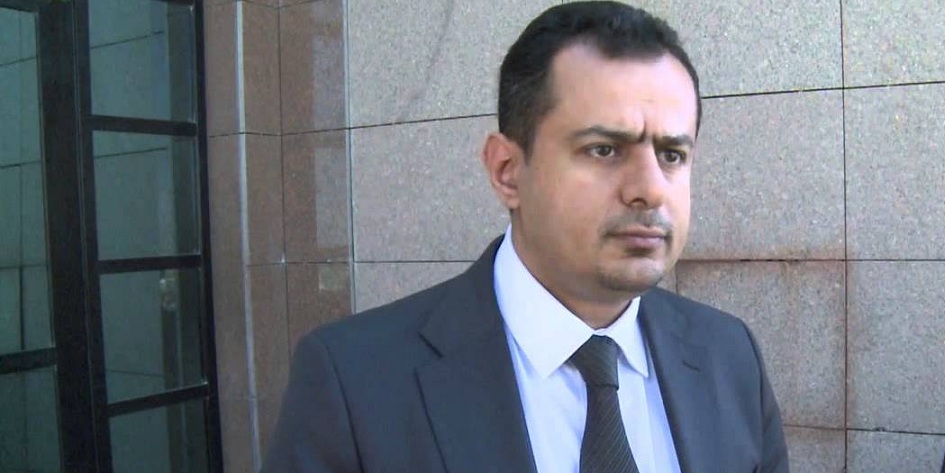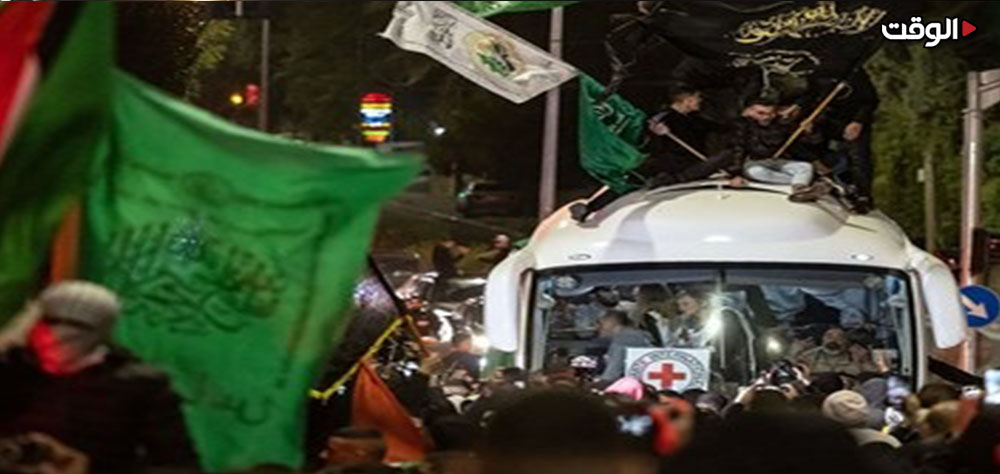Alwaght- It is now nearly four years since the Saudi-led coalition waged a military aggression against Yemen under the guise of supporting the fugitive President Abd Rabbuh Mansour Hadi, who shortly before the foreign campaign announced his resignation and escaped to Saudi Arabia. Ever since, the southern port city of Aden has been the center of administration of the so-called Saudi-backed cabinet.
Over the past months, popular protests erupted across the southern provinces, condemning the mismanagement of the self-proclaimed Hadi government. Beside a devastating war imposed by the Saudi-UAE alliance, Yemen is now suffering from catastrophic economic conditions marked by lack of basics of life and a hard famine that drive the nation into a humanitarian crisis. According to the United Nations, over 80 percent of the country’s population is in need of urgent humanitarian aids.
In the middle of the quandary, on Tuesday Hadi sacked his Prime Minister Ahmed Obeid bin Daghr for what he called his inability to address the economic problems and named Maeen Abdul Malik Saeed, a cabinet minister, as a new prime minister. Following the dismissal, the media began speculations about the real drives behind Hadi’s move. Alwaght has talked to West Asia affairs expert Saadullah Zarei, asking him for an elaboration on the aspects of the development.
Mr Zarei first highlighted the foreign influence on Hadi’s measure, saying that bin Daghr, in fact, was never a PM but a simple head of Aden administration office. And that the people who served in the so-called government each were in a different country.
“Actually, no cabinet existed for bin Daghr to be its prime minister. When the southerners, including the Southern Movement, tribes, and popular committees, revolted against the occupying Saudi-Emirati forces especially in Al-Mahra province and Saudis failed to contain the massive protest waves, the aggressors removed bin Daghr under the excuse of his failure to solve the economic troubles. They wanted to give the revolt against them an economic nature and so blame bin Daghr government as the main cause of the clashes. This was apparent in Hadi’s Monday statement. In fact, the key aim was dismissing the blow the southern demonstrations dealt to the Arab coalition’s credit on the international stage and reduce the challenge to a solvable economic issue. And the second aim was trying to bridge the gaps with the southerners using a young southern prime minister.”
According to the expert, this design was present also in the American officials and the UN Yemen envoy Martin Griffiths’ remarks both of whom in their recent remarks put the emphasis on the economic hardship. “They try to,” the Iranian expert said, “tie the mainly anti-Saudi and Emirati protests to the economic problems and purport them to be of economic, and not political, nature.”
Mr Zarei continued his comments on the real nature of the southern rallies, saying if the aggressors could end the demonstrations using money, they would have provided cash to bin Daghr to meet the people’s basic needs like food and fuel to calm down the situation. But the protests have a political origin and have roots in the past two decades’ struggle for independence of the south. “Today, we can see that the south has become the main presence center of the occupying Saudi and Emirati forces, making the southerners see the independence increasingly unrealizable.”
The Arab coalition does not entertain any political solution. This is while on the battlegrounds it has not made any progress or turned the tide to its advantage. The heavy defeat in Hudaydah perfectly displays its fiasco. “The war of attrition now pushes the south to wonder to when this conflict should continue.”
“So, the southerners begin to grow concerns that as a result of the ongoing failures in the northern fronts, the Saudi-headed alliance may choose to abandon the north capture ambitions and focus on the permanent occupation of the south, where the port of Aden has a geopolitical significance for the aggressors.”
Mr Zarei, the head of Tehran-based Andishesazan Nour strategic studies institute, pointed to the raging confrontation between the southern forces and the occupiers as constituting a deepening crack between the two sides, pushing the Arab bloc to think a settlement for the challenge. “Bin Daghr removal is a measure towards this end,” he continued, adding: “Over the past three days, the range of clashes expanded from Al-Mahra and Aden to Ma’rib, a city the Saudis and Emiratis claim to be a stable region.”
The confrontations indicate that in addition to the southern regions the central regions, like Ma’rib, are also poised to burst into anti-occupation protests, according to the expert.
In the middle of southern developments, the supercilious, imperialistic, and vicious treatment of the local people by the coalition forces takes the attention. As an example, the UAE forces destroyed a vehicle belonging to a Yemeni tribe while it was cooperating with them. As an ally, the tribe provides the alliance with fighters but the UAE forces attack them in a humiliating manner.
Another example that drew widespread reactions across the south and the world was the October 13 attack on two buses carrying displaced civilians. The attack killed and injured around 50. Then came the strikes on a hospital. The attacks are deemed humiliating by the southern people who feel they are subjected to unending organized crimes by the alliance.
Mr Zarei also was asked about the possible reflections bin Daghr change will have on the situation, answering: “I think it is unlikely for the Saudis and Emiratis to inject new funding into the Yemeni economy to settle the financial crisis. Their main goal is to cover up a critical political condition represented by the southern resistance to the Saudi-Emirati abuses and occupation.”
On Monday, Mahdi al-Mashat, the president of Sana’a-based Supreme Political Council, the revolutionary administration, and the second man of Ansarullah movement, stated that he was ready to help the south solve its problems.
“This position exhibits the completing marriage of stances of the north and the south against the Saudi-Emirati occupation and aggression. This severely perplexes the Saudis and I think that the protests will escalate and simply installing Abdul-Malik Saeed in the south will not save them from the Abdul-Malik al-Houthi [leader Ansarullah Movement] in north. In fact, a simple change of pawns will not make any difference to them.”



























